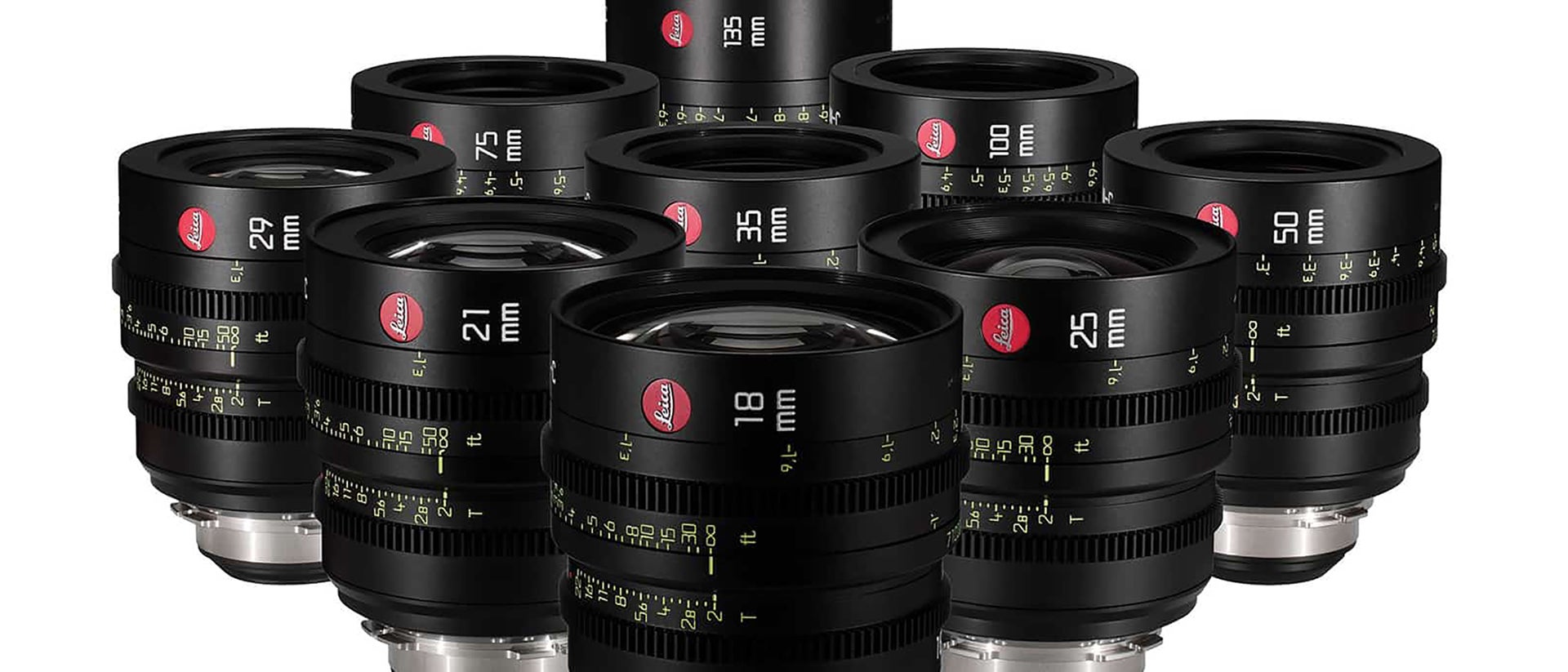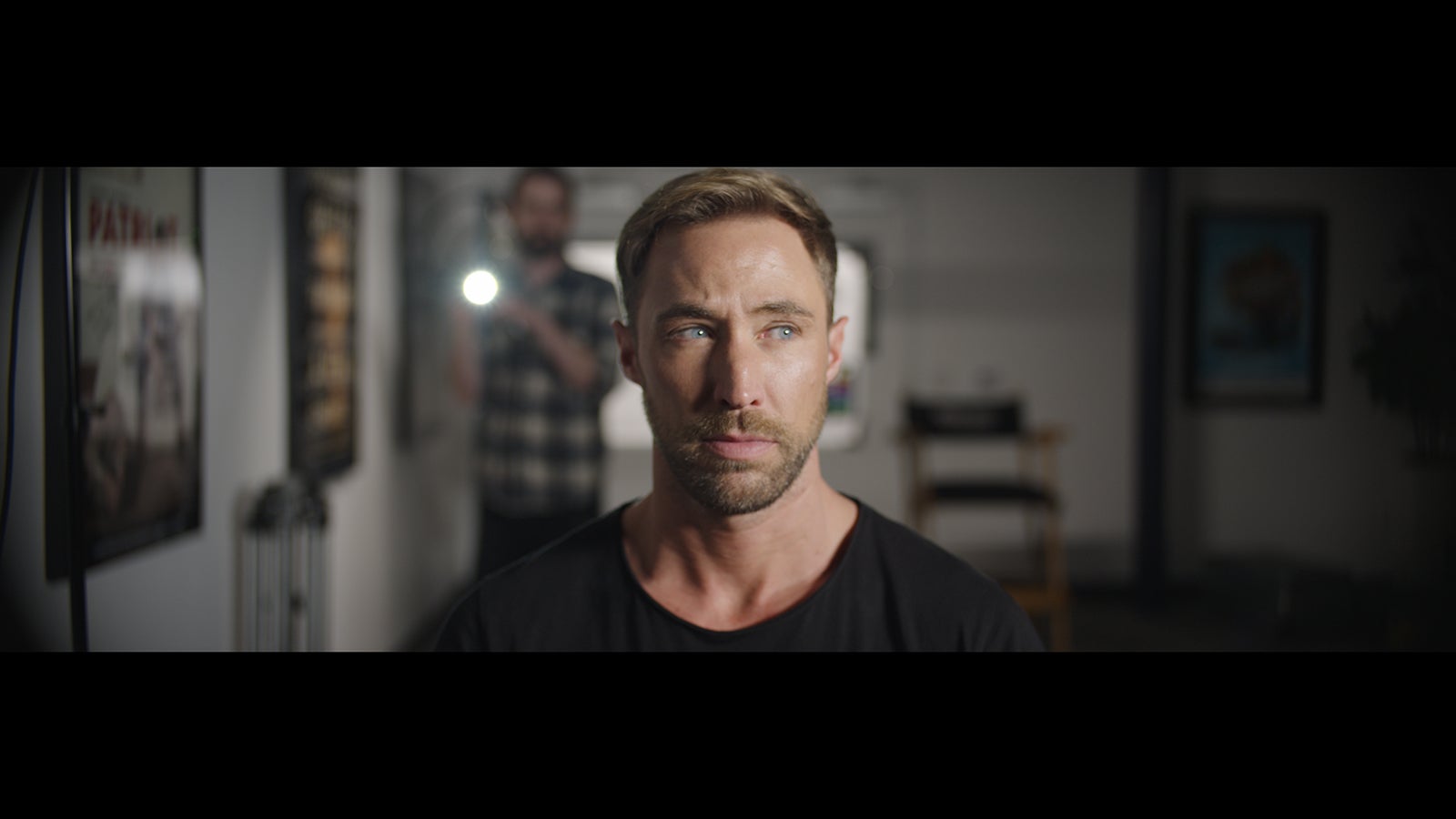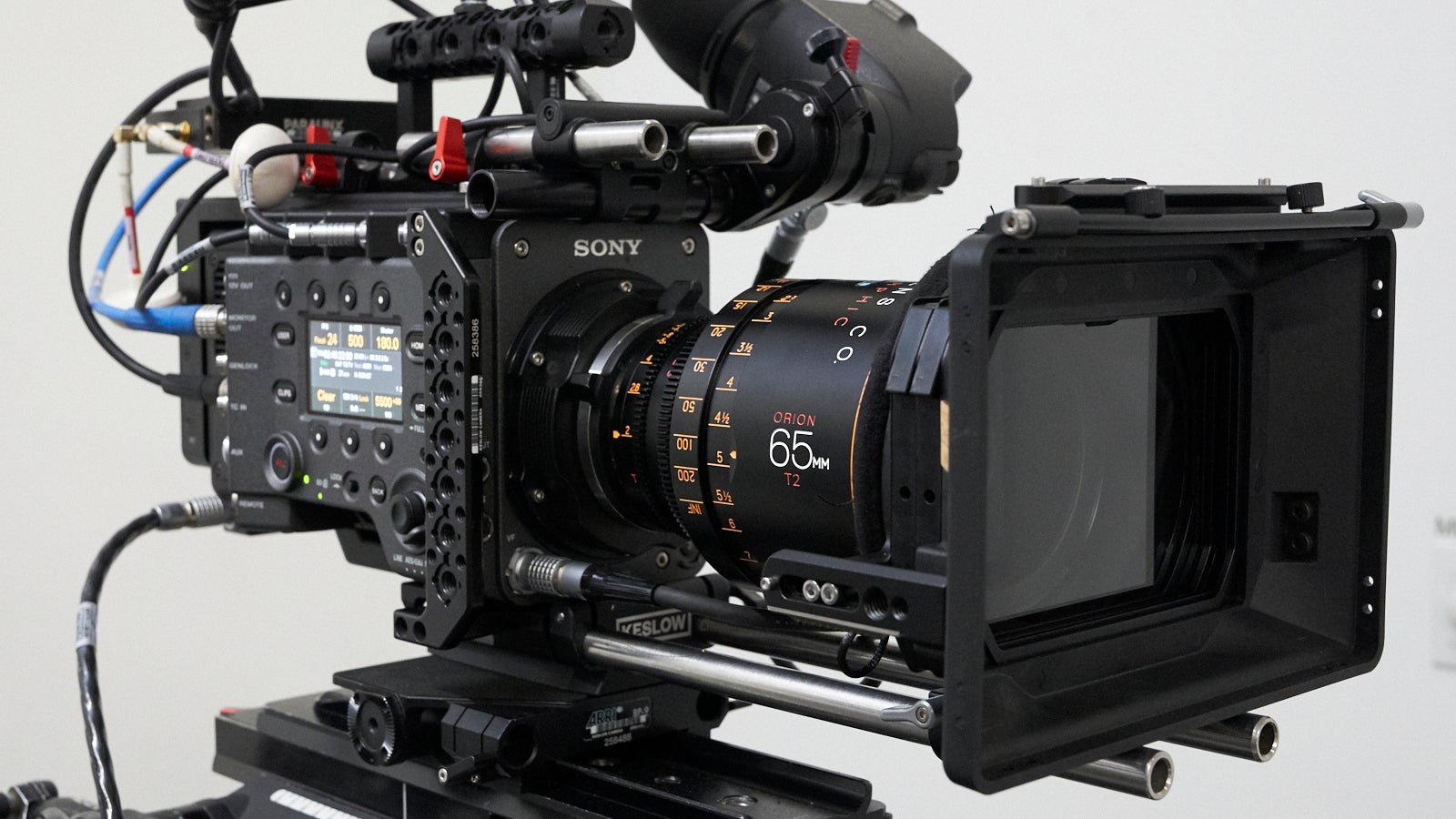
09-30-2020 - Gear, Technology
What Lens Should I Buy? Evaluating New Cine Lenses with Matthew Duclos - Part 1
By: Jeff Berlin
A lens technician by trade, Matthew Duclos began working in optics under his father’s guidance at a very young age. His passion and technical aptitude for optical and mechanical design have led to a lifelong obsession with cinema lenses. Matthew continues exploring lenses of all kinds, consulting for a variety of lens manufacturers around the world. An associate member of The ASC and SoC, Matthew strives to share his knowledge and experience with the motion picture industry as a whole.
Duclos Lenses, Inc. is a family owned and operated business with decades of service knowledge and experience. As the premiere source for motion picture lens sales, service, and accessories – Duclos Lenses continuously strives to provide the absolute highest level of professional, personal lens service and repair to the global motion picture industry. Visit DuclosLenses.com
In this conversation, Matthew discusses his process and considerations when evaluating new cinema lenses.

Leica Thalia lens test
Matthew Duclos:
I get asked all the time, What lens should I buy? Really, it's such a vague question because there are so many paths to what lens is best for which person, and not even just that person, but per project. The, quote-unquote best lens, is completely dependent on the project, in my opinion. So almost inevitably, my first question back will be, What format are you shooting? If they're shooting full frame you just eliminated everything Micro Four Thirds and most Super 35 and I now have a much narrower selection to work from.
My next question will then be, what mount are you shooting? And if it's a specific mount, that further whittles it down. If they say, "Well, sometimes PL, sometimes it's on a stills camera that's being adapted.” In that case, I’d consider and advise lens options that have interchangeable mounts. After the mount question, it usually comes down to one of two things - either the price point they're looking at, or size and weight restrictions.

Sigma Cine Primes
Once I get those details sorted, I’ll get a feel for which is more important to them, since it's usually one of the other. If they say, "Oh, I don't know, my budget's flexible but it needs to be lightweight." Or they say, "Oh, well I've got a tight budget so I can't be too picky on the size and weight." That's how I’ll make that next decision. Do you need a zoom lens, or do you need a prime? Do you need large set of primes? Do you need a couple of primes? Do you need a zoom that has a ton of range, or just a short range? And those are all dependent upon each other. For example, you're not going to find a lens that has a huge zoom range but is super compact. That's just physics.
And with that process, with those few questions, I can usually whittle it down to a couple options if not suggest a specific lens.
Jeff Berlin:
How do characteristics fall into that, because so many lenses have different characteristics?
Matthew:
If characteristics are a concern, most customers express that upfront. They'll say, "I'm looking for a new lens, I want something that has a vintage look." And from there, that dictates every other question. It's usually one of the things that they know coming in into a consultation. I rarely get to the point where I've said, "Okay, Super 35, and you want zooms, and you have a tight budget, and it has to be vintage looking." That's usually not the order of things. But at the same time, it's not really a valid question, like, “Do you want something clean, or do you want something bad?" So this is all discussed up front. Usually someone will say, "I'm looking for something with a bit of character."

Testing flare on a Servicevision Scorpio FFA anamorphic lens
Jeff:
Same thing for spherical versus anamorphic, I imagine?
Matthew:
Exactly, yes. Usually right up front, they'll say, "I'm looking for an anamorphic lens, what should I get?" And then I go through this same process.
Jeff:
Let’s discuss some of the ways you can evaluate the lens once you get it on a projector or a camera. You're projecting a focus chart, or you’ve got it on a camera and you set some Christmas lights or whichever in the back, an X-Rite ColorChecker up font, and you're looking at the bokeh and how out of focus elements are rendered, you check how it flares, and you look at focus roll off, etc.
Matthew:
This is something we will do if a customer comes in to demo, we'd set them up here, and there are certain things I would tell them to look at. I would tell them to compare focus breathing, because that's variable from lens to lens. I would tell them to look at the actual light transmission. We don't necessarily tell them to go to the T-stop bench, but shoot a scene, keep it exactly the same, go from one lens to another, make sure the exposure is what you expect it to be, because it can taper off, so especially in the corners, illumination falloff. You can have two lenses that are T1.5, but one of them could have a lot more illumination falloff in the corners. And that may not be something you're looking for. If you want something with a more consistent illumination, then that one set that has falloff is not going to be a good choice. The quality of the bokeh is definitely something you can see really easily. Christmas lights, or a phone flashlight, or any pin point light source.

Atlas Orion on a VENICE
Jeff:
Then how it flares, as well.
Matthew:
Exactly, flare can be huge. There can be a big difference from lens to lens. Even within the same family, you can have a completely different result going from, say, a 25 to a 50. So a family of lenses doesn't always react to the same focal length to focal length. So bokeh, and flare, obviously, it's a very similar test. You'd use lights, specular highlights. Focus falloff can vary so I usually tell people to pay attention to that. So you have a fixed subject and you compare the bokeh, and where it tapers off, how fast it tapers off. Distortion is another important consideration if you're shooting for VFX, and you don't want that distortion, so we will pay attention to that as well.
Jeff:
How faces look…
Matthew:
Yes. Shooting a chart is fine, but if you put a face on that left third area and see how that reacts, especially with anamorphics, with focus breathing. Anamorphics, very specifically, have a phenomenon called mumps. Let's say you have a 2X anamorphic, it's supposed to be a 2X squeeze throughout your image, but that's not always the case. If that cylinder element wasn't manufactured, or the cylinder element relative to the spherical portion wasn't manufactured correctly, or designed correctly, that squeeze ratio can change throughout the field. So if you put a person's face at a certain spot in your frame, it can squish in, or stretch out, and especially in a panning shot that can be really distracting. Something you should definitely look out for.

Arri Signature Primes
Jeff:
How often have you seen that?
Matthew:
In vintage anamorphics is very common. In newer lenses, not so much because they're designed and manufactured better. I haven't seen it in the modern crop of anamorphic cine lenses.
Jeff:
I noticed that the Arri Signature Primes have zero focus breathing. How hard is it to design that in?
Matthew:
It's not hard at all. It's just something that has to be taken into consideration. I think a lot of people these days assume that it's hard because it still exists in a lot of lenses, especially the common lenses. So if you look at something like Canon CN-Es, or Sigma, or CP.3s, or anything that is based on a photo lens, they don't bother removing the breathing because nobody cares about focus breathing for still photography, the original design intention of the lens. On a photo lens, when you're snapping a photo at a fraction of a second, it doesn't matter what your actual field of view is. Nobody cares. Nobody's going to say, "Well, with the focus breathing, that looks more like a 55.2 millimeter lens." Whatever. So it's not that it's hard to get rid of it, it's just that a lot of manufacturers don't bother because it's not necessary. For dedicated Cine lenses, it's pretty well controlled these days.
This is something that's been addressed in the past 10 years or so. If you look back at Ultra Primes, they breathe terribly, but nobody complains about it because it's an Ultra Prime. So the focus breathing flaw, you have to take that with a grain of salt because there's a lot of stuff that people shoot these days on vintage lenses and nobody cares about the breathing, it's just part of that character. So it depends on what you're shooting. And if you're shooting effects stuff, where you need to have a consistent focal length, or field of view that could be much more important.
Click here to read about how Matthew Duclos evaluates used cinema lenses.

Caldwell Chameleon Anamorphic




